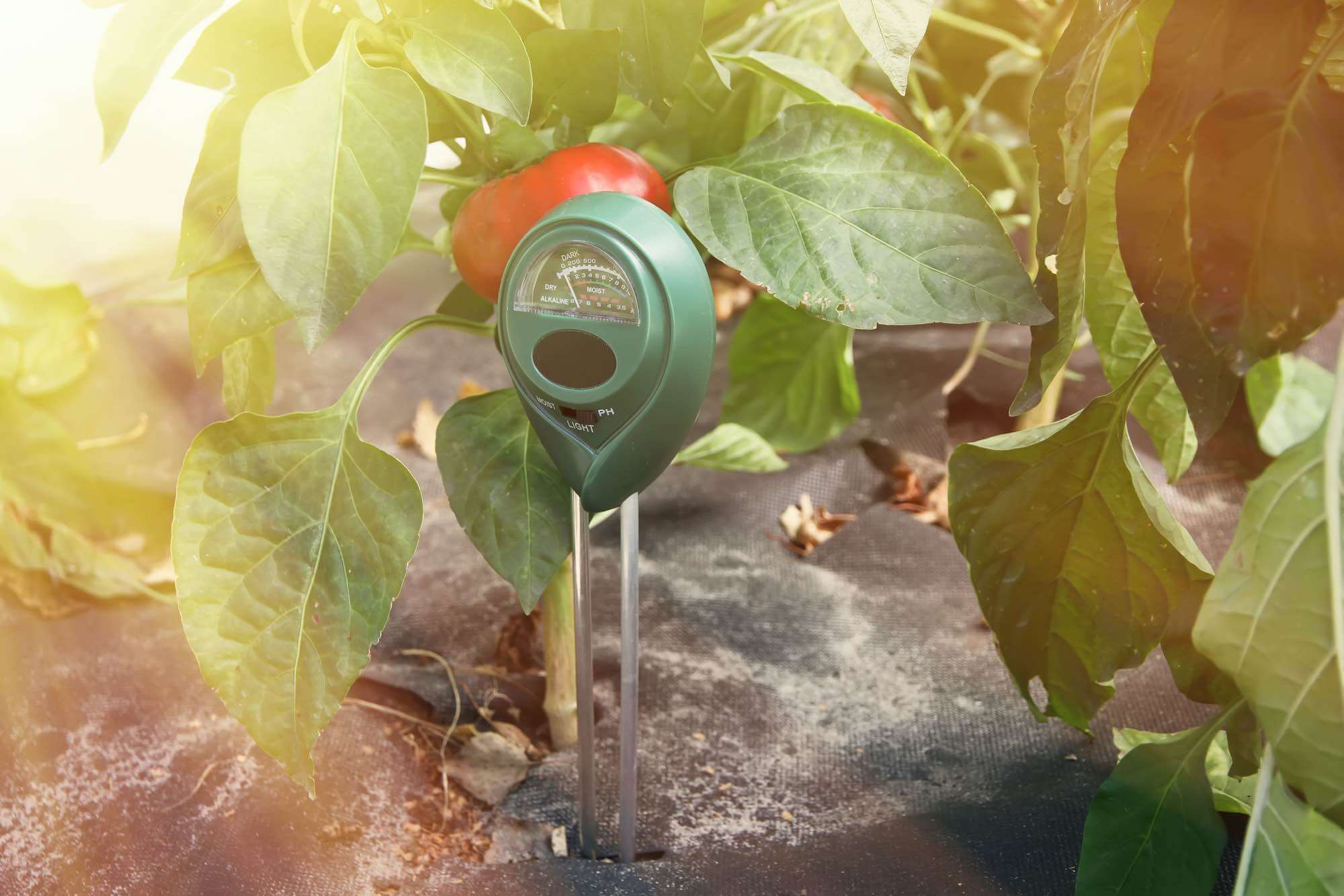
Farmers, researchers, meteorologists, and others now have access to high-resolution NASA data on soil moisture, thanks to a new tool developed by USDA’s National Agricultural Statistics Service in collaboration with NASA and George Mason University.
The tool, Crop Condition and Soil Moisture Analytics (Crop-CASMA), provides access to high-resolution data from NASA’s Soil Moisture Active Passive (SMAP) mission and the Moderate Resolution Imaging Spectroradiometer (MODIS) instrument in a user-friendly format. Soil moisture data are critical for professionals in the agriculture and natural resource sectors who use soil moisture in tandem with other data to plan crop planting, forecast yields, monitor droughts or floods, and improve weather forecasts.
According to Rajat Bindlish, a research associate in Earth science remote sensing at NASA’s Goddard Space Flight Center in Greenbelt, Maryland, the tool provides more thorough spatial coverage and consistency than other soil moisture measurement methods.
“Soil moisture is a very important piece of information for agricultural yield and productivity,” said Bindlish. “This will provide a means of using NASA remote sensing data to guide predictions of moisture conditions and water availability. Information on the field conditions is important for agricultural operations.”
Some of Crop-CASMA’s primary users will be NASS researchers and statisticians who release weekly Crop Progress Reports that currently classify states into moisture categories (very short, short, adequate, surplus) to aid farmers and farm managers. The reports also track crops’ health and growing progress.
“USDA researchers and statisticians will incorporate the tool into a range of applications,” said NASS Spatial Analysis Research lead Rick Mueller. “For example, Crop-CASMA can help identify areas that could not be planted because of wet, saturated, frozen, excessively dry, or inaccessible fields resulting in improved planted statistical acreage estimates.”
Mueller noted that in addition to supporting agricultural operations, Crop-CASMA will enable research on sustainability and the impact of extreme weather events. “These satellite-derived vegetation condition indices and soil moisture condition maps show first-hand the ever-changing landscape of U.S. agriculture,” he said.
The tool is formatted to be accessible to private users, including farmers, researchers, and students, according to Crop-CASMA project leader Zhengwei Yang, a USDA geographer and co-investigator of the High-Resolution Soil Moisture Development Project.
“We created an easy-to-use interface that requires little technical background to use,” said Yang. “There’s a tool to select an area and create a map you can save as a PDF, and you can also download data from the web to input into your model.”
SMAP data, the foundation for Crop-CASMA, draw from the topsoil and rootzone levels, or from the surface to roughly 3 feet underground. Raw SMAP data have a 20-mile spatial resolution, meaning each data “footprint” is about the size of a county. The team also developed a data analysis method to estimate a higher-resolution soil moisture product using SMAP and land surface data, giving users information at 0.62-mile resolution.
Having the data in finer resolution allows users to more accurately pinpoint areas of high or low moisture, Yang explained. “Our current reports are at the state level,” Yang said. “One state may be categorized on average as ‘wet,’ but the whole state might not actually be wet. These new data deliver localized moisture readings — this is what matters to the farmer.”
This collaboration is part of a larger, recently-signed agreement between USDA and NASA to jointly strengthen agricultural and Earth science research.
REPOSTED FROM AGDAILY.COM - READ FULL ARTICLE HERE